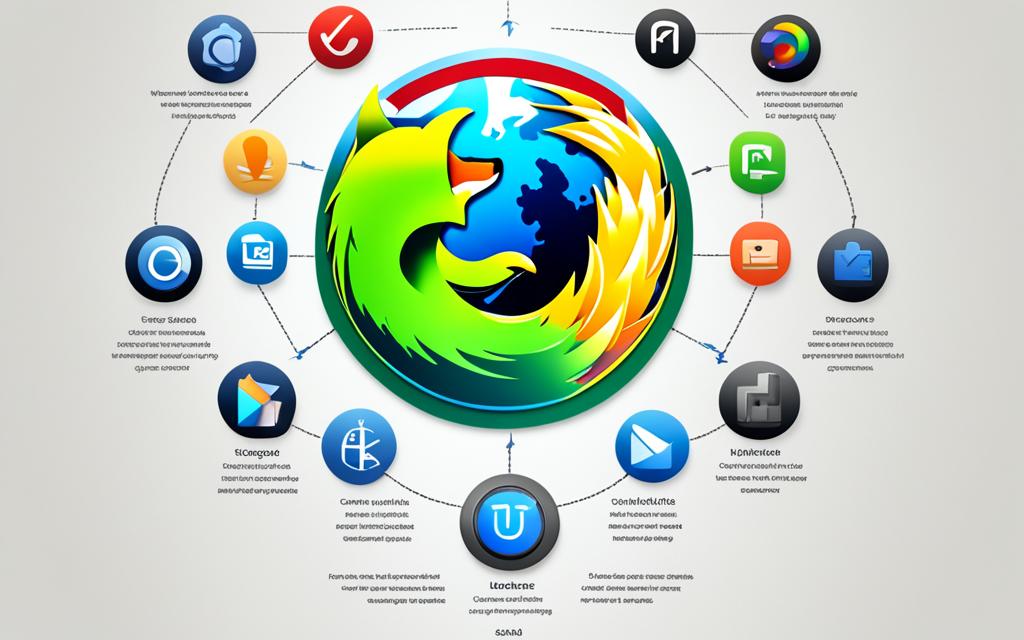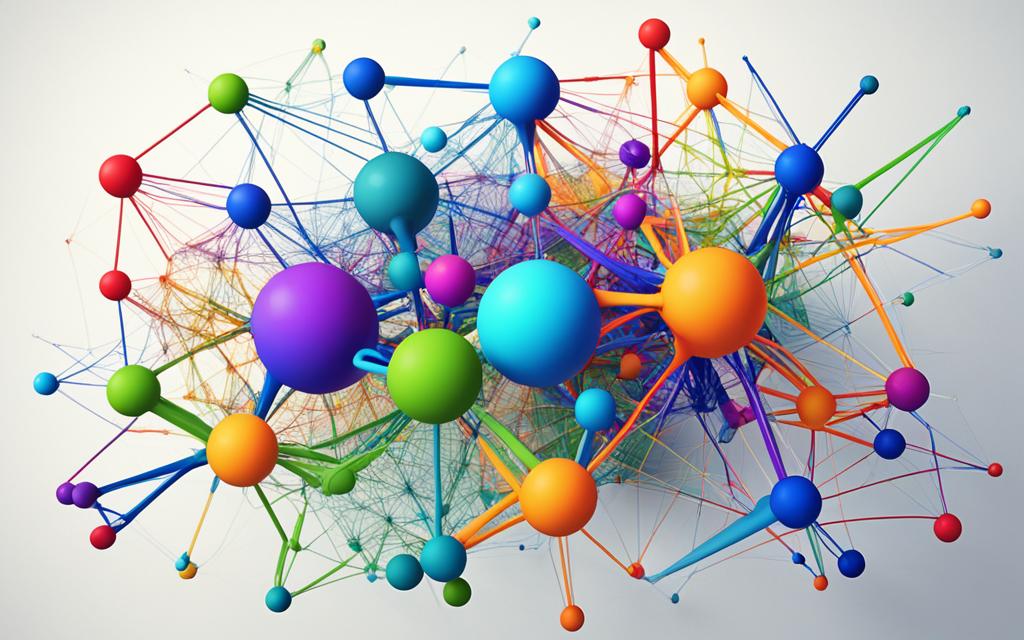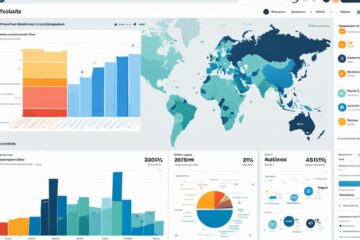The World Wide Web has changed the world, showing the power of human creativity and connection. As you begin exploring it, we will show you the wonders hidden in this digital world. We will find stories, discoveries, and the endless options that renew how we live, work, and connect with our planet.
The World Wide Web, or “the Web,” is a vast system of global web pages, documents, and applications you can reach via the internet. Coming to life in the early 1990s, it has completely changed how we use and share information, talk, and do business over the web.
We will take a deep look at the history and growth of the World Wide Web. We will learn about hypertext, URLs, HTTP, and HTML. These make up the core of this digital space. Discover how the Web has made it easier for us to explore, absorb, and join in with the web pages and web applications. These have forever changed our digital way of life.
Key Takeaways
- The World Wide Web is a vast, interconnected network of global web pages, documents, and applications you can access through the internet.
- It has reshaped how people get, share, communicate, and do business online.
- The Web stands on the base of the internet, using key technologies and protocols for networking.
- Hyperlinks, URLs, HTTP, and HTML are the fundamental aspects of the Web’s structure and operation.
- Todays, the Web has developed into a place where users can enjoy a huge variety of content and applications.
The Birth of the Internet
The World Wide Web started with the internet, a global network linking computers and systems. It began in the 1960s. The United States Department of Defense made a network called ARPANET. This was to help with communication and sharing data between research places and government offices.
Origins and Early Development
The internet’s early days focused on creating a strong, decentralized way to share information. ARPANET, a forerunner of today’s internet, connected different computer networks. This allowed researchers and academics to share data and resources.
ARPANET and the Foundations of Networking
ARPANET set the stage for the internet by introducing key technologies. Technologies like the Transmission Control Protocol (TCP) and Internet Protocol (IP) were major steps. They made it possible to seamlessly connect different computer systems. Thus, they unified how we communicate online.

Understanding the World Wide Web
The World Wide Web, or the Web, is a huge system of global pages, documents, and apps. You can reach it through the Internet. It’s based on the Internet, using its infrastructure and protocols. This lets users see a lot of online content and services.
What is the World Wide Web?
This system lets people explore many web pages and use web-based apps. These are on servers linked to the Internet. You use a web browser like Chrome, Firefox, or Edge to visit them.
The Web’s Infrastructure
The heart of the Web is a setup of servers, standards, and rules. These make information flow smoothly. It uses the HTTP for web browsers to talk to servers and HTML to craft web pages.
It also depends on URLs for each page or resource. URLs make it easy for users to find what they’re looking for.
Web Browsers and Navigation
Users get to the Web through web browsers. These apps fetch, show, and let you move around web pages and apps. They change HTML into a great, usable look for us.

The World Wide Web: Unleashing Connectivity
Do you know what makes the World Wide Web so amazing? It’s hyperlinks. They let us jump between pages with just a click. This makes exploring the internet easy and fun for everyone.
The Power of Hyperlinks
Hyperlinks are like magic on the internet. They take you from one webpage to another quickly. Imagine the web without them. It would be harder to find and enjoy all the amazing content out there.
URLs: Addressing the Web
Think of URLs as the web’s street addresses. They help us find any webpage online. Thanks to them, we can easily travel through the vast web, finding exactly what we need.
The World Wide Web: A Multimedia Playground
The internet today is a rich world of multimedia and interactive content. At its core is Hypertext Markup Language (HTML). It’s the key to creating and organizing web pages.
HTML: The Language of the Web
HTML is a common language that forms the web. It allows for the showing of text, pictures, videos, and more interactive parts. With HTML, developers make pages that are both nice to look at and easy to use, blending many kinds of media.
Web Pages and Web Applications
The World Wide Web changes how people find and use information. It offers everything from simple pages to complex apps. This diversity lets users find content and tools that fit their needs perfectly. Whether learning online, watching videos, or using apps, this digital world adds value to our lives.




